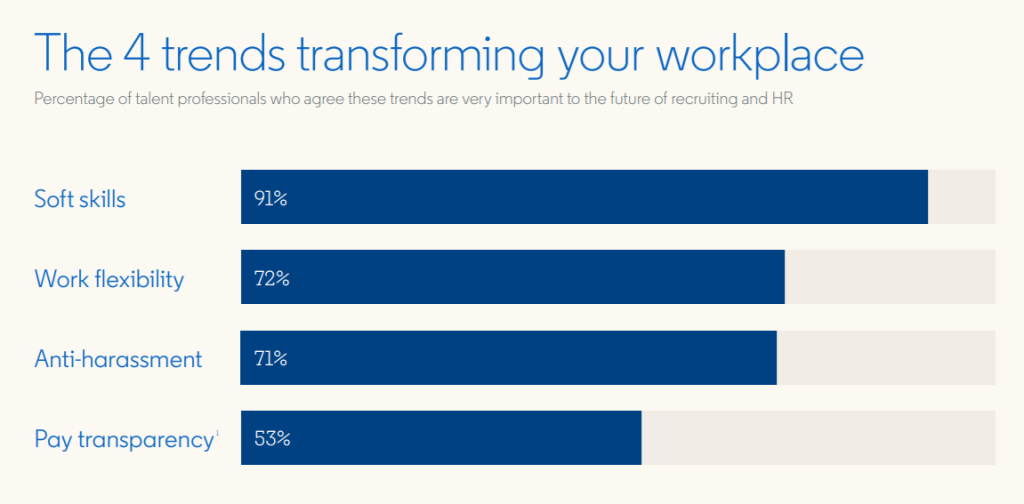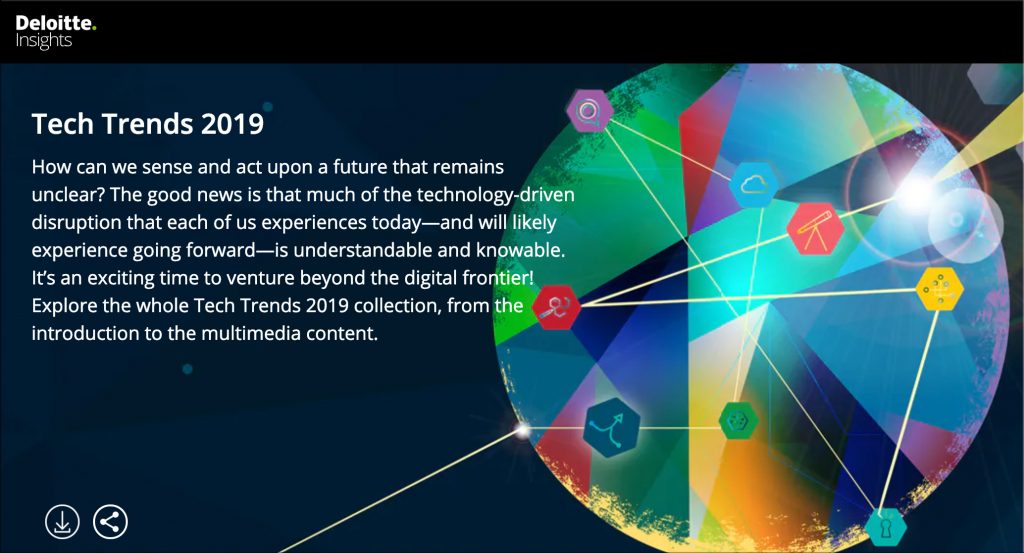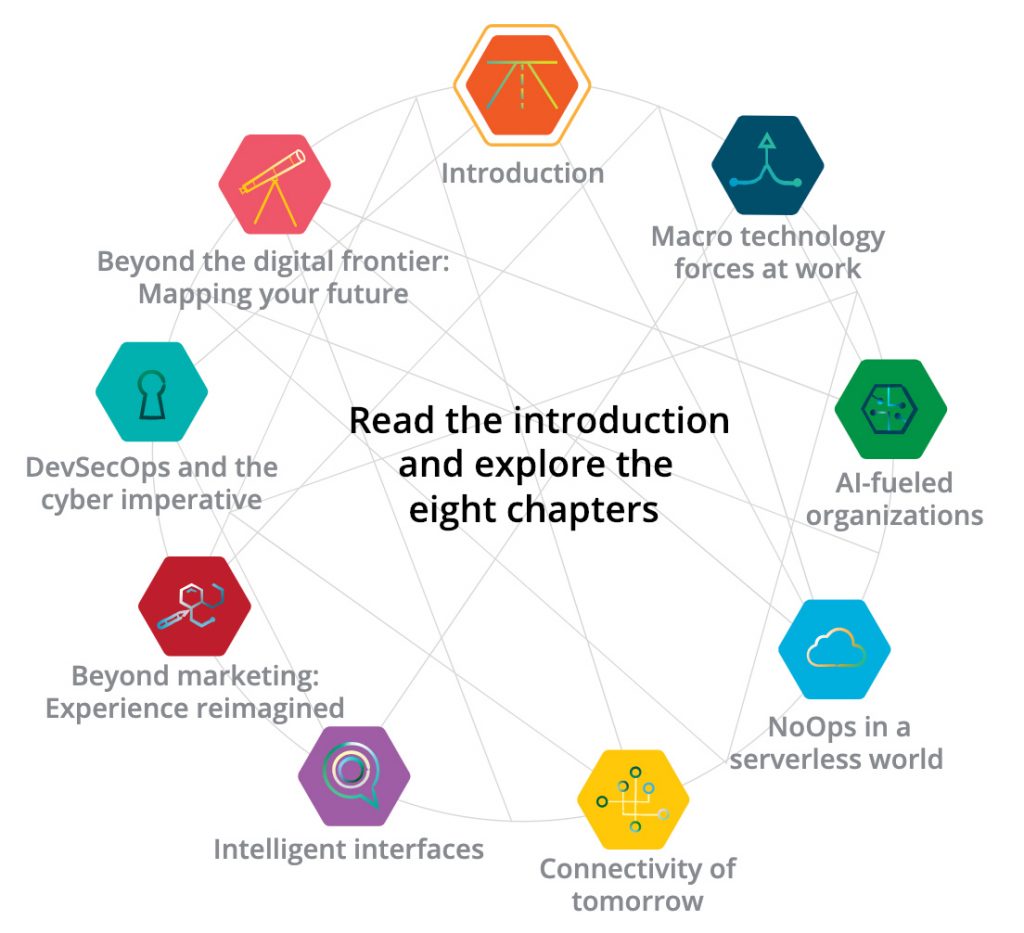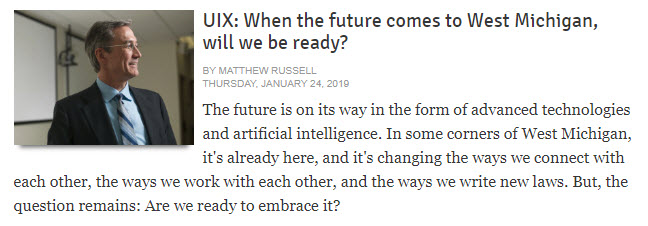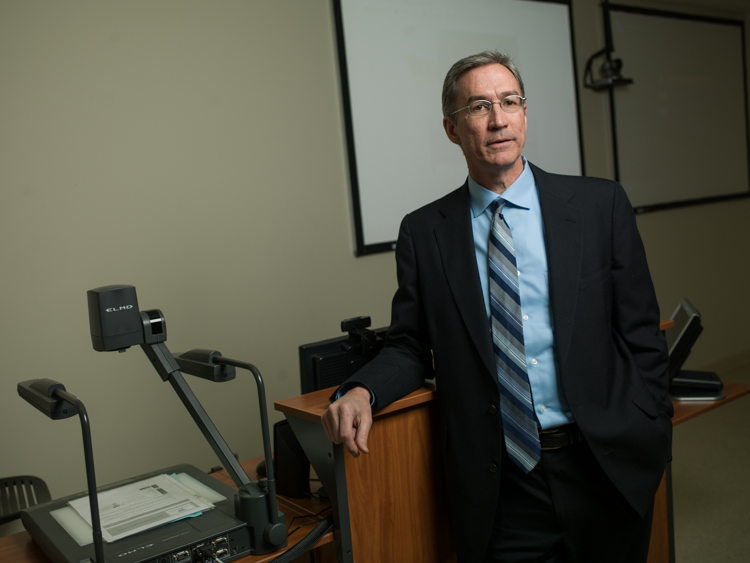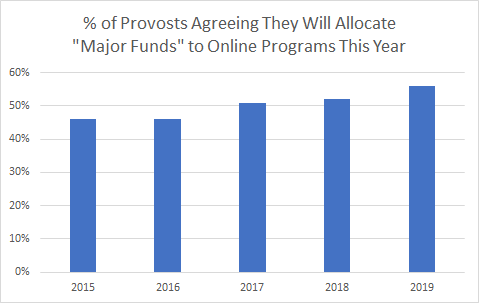From DSC:
I just found out about this and I wanted to pass it along to you aspiring young writers/playwrights out there! If it’s too late for this year, put it on your radar for next year!
Worldwide Plays Festival Submission Deadline: February 1, 2019
Announcing the judges of the 10th Annual Writopia Lab Worldwide Plays Festival Competition, an exciting, immersive festival of plays written by young playwrights ages 5-19, turning a multi-roomed theater space in midtown Manhattan into The Neighborhood, where audiences will be lead from place to place, play to play, plunged into the wacky and provoking minds of children and teens.
The Judges are:
- Gideon Glick (currently on Broadway in To Kill A Mockingbird),
- Abe Koogler (Obie Award Winner for Manhattan Theatre Club’s Fulfillment Center),
- Jordana Spiro (Netflix’ Ozark),
- Madhuri Shekar (writer on upcoming HBO’s The Nevers),
- Matthew Shapiro (Emmy Winning Co-Producer Marvelous Mrs. Maisel)
Named after David Letterman’s Worldwide Pants due to funding of earlier festivals, Writopia Lab’s Worldwide Plays Festival has produced hundreds of full productions of plays written by young playwrights over the past decade.
This year, we invite playwrights from 1st through 12th grade around the world to enter our competition. We will select winning plays in three age groups: Elementary School, Middle School and High School.
From hundreds of submissions from across the country, 36 will be selected for production and three will receive a cash prize as part of our festival in May of 2019 at TheaterLab, in the theater district of New York City. Prizes include $750 for best high school play, $500 for best middle school play, and $250 for best elementary school play.
Winners will be notified by March, 2019.
For more information about how to submit, please visit: https://www.writopialab.org/programs/specialty-programs/worldwide-plays-festival
This Year’s Theme:
The Neighborhood
“Life is so rich when you go off the logical path and embark on eccentric adventures,”
Steve Young, producer and writer of Bathrooms over Broadway, and former head writer at The Late Show with David Letterman.
In this spirit, we ask playwrights from all walks of life-from homeless shelters to townhouses-to embark on eccentric adventures in their own neighborhoods and share their discoveries with us on the stage. Plays take place in one of three locations: The Convenience Store or Bodega, The Community Center (Church, Mosque, Synagogue, Yoga Studio, etc.) or Outside Your Door. Most of our writers attend highly segregated school systems and find great comfort-and meaningful challenge-in working closely in workshops with peers from diverse backgrounds.
At showtime, actors playing a rich array of complex neighborhood characters (also written by young writers), lead groups of audiences from room to room, weaving together a multitude of plays by young playwrights–urban and suburban, gay and straight, binary and nonbinary, outside and in-celebrating a totality of experience around the corner, down the block, across the hall in your America.
Festival Performances:
Where: Theaterlab, 357 West 36th Street, 3rd floor
When: Wednesday May 1st, 2019 to Sunday May 5th, 2019
Media Contact:
Lance Laytner
Public Good Relations
(917)573-8960
lance@publicgoodrelations.com
Also per Inside VR & AR:
Google has teamed up with Boston-based Commonwealth Shakespeare Company to produce a VR version of Shakespeare’s “Hamlet.” Called “Hamlet 360: Thy Father’s Spirit,” the Bard’s classic tale of murder and revenge was tailored specifically for virtual reality, with some scenes lengthened and the overall run time pared way down. Director Steven Maler told the New York Times the production is a way “to show people how exciting it can be to be in the space where it’s happening.” The viewer sees the action from the point of view of the ghost of Hamlet’s father. Hamlet 360 was filmed on a Yi Halo 360 camera and is posted on WGBH-Boston’s YouTube channel. — NYTIMES









